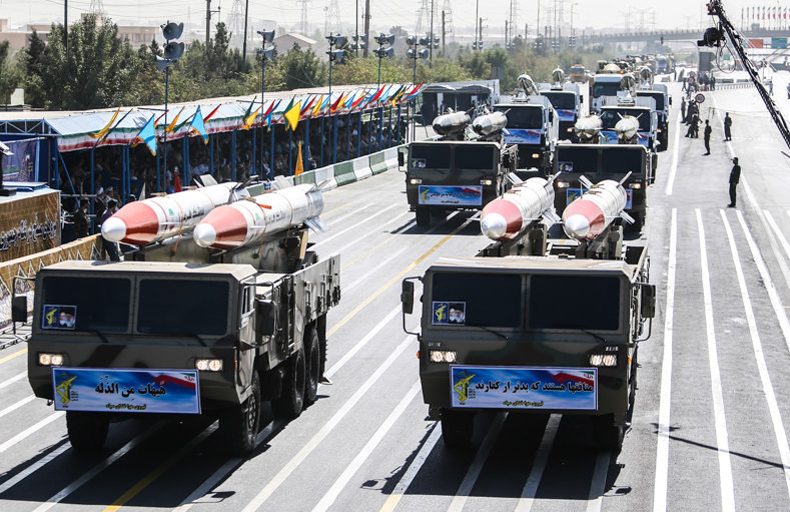
Tehran plans to increase its support for Russia and transfer surface-to-surface missiles.
Washington Post reports this with reference to the U.S. and allied security officials.
The weapons transfer from Iran could assist the Russian Federation in compensating for the loss of missiles and equipment after the start of a full-scale offensive against Ukraine.
It is reported that Iran dispatched officials to Russia on September 18 to finalize terms for additional arms deliveries, including two types of missiles.

This regards the Iranian Fateh-110 and Zolfaghar missiles. They are capable of striking targets at distances of 300 and 700 kilometers, respectively.
WP journalists emphasize that they received information from officials who identified the Iranian Shahed-136 and Mohajer-6 drones in August.
At the same time, they note that U.S. officials are aware of the planned missile shipment to the Russian Federation. They have also briefed that Iran is preparing to supply “dozens” of additional Mohajer-6s and a more significant number of Shahed-136s.
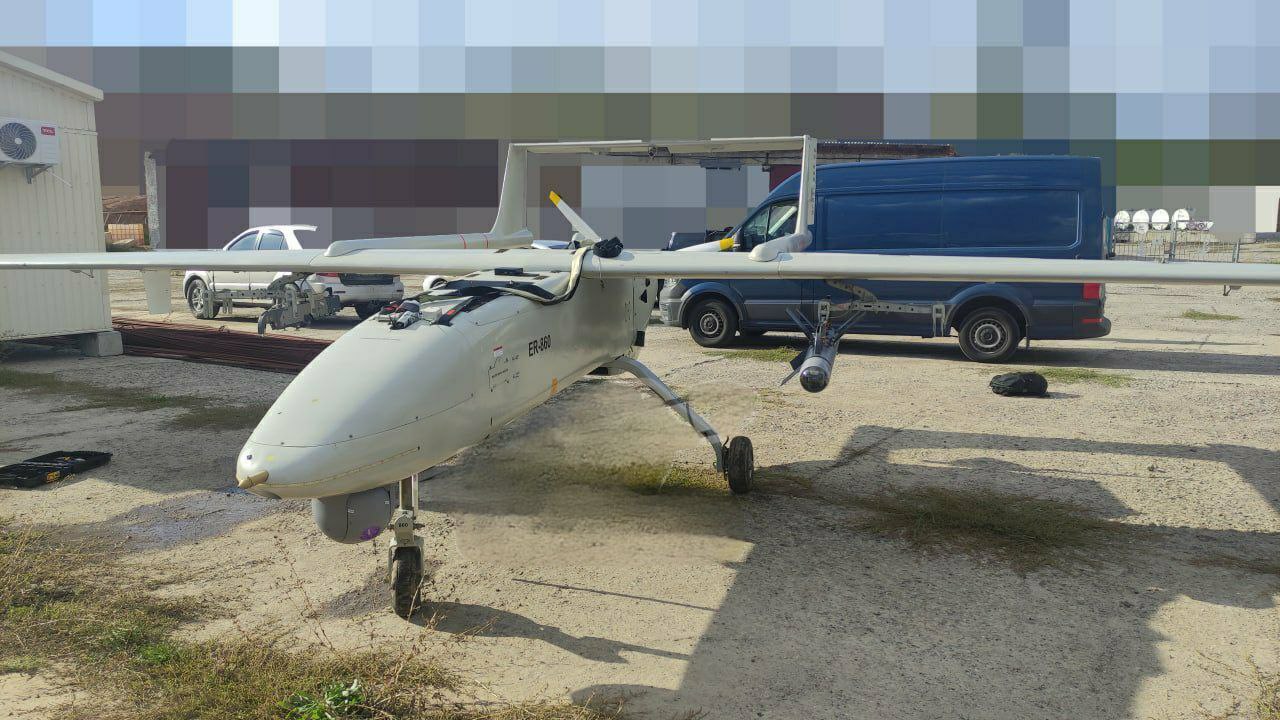
Ukraine is also informed about the probable transfer of new weapons to the Russian Federation.
Iran denies supplying its weapons to the Russian troops.
At the same time, Iranian weapons experts note that the arrival of surface-to-surface missiles could strengthen Russia.
“The progression from drones to surface-to-surface missiles could give the Russians more options and a lot of punch,” said Farzin Nadimi, an Iranian weapons expert at the Washington Institute for Near East Policy, a Washington think tank.
It is emphasized that Iran possesses one of the largest and most diverse arsenals of short- and medium-range missiles in the Middle East.
Experts consider the newest versions of the Fateh-110 and Zolfaghar to be both potent and reasonably accurate at relatively short distances. Some models come with electrooptic guidance systems that allow missile operators to guide them in their final approach to the target.
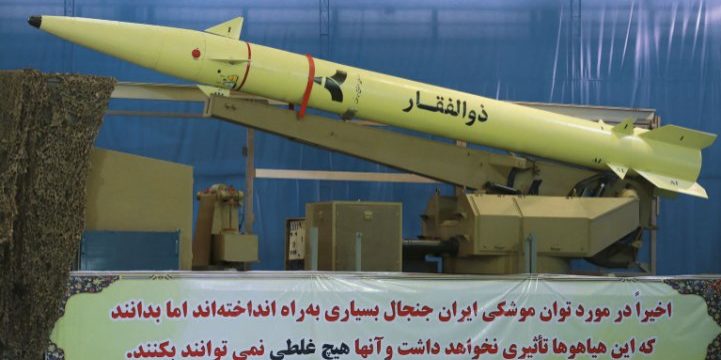
It is reported that Iran had previously provided the same missiles to proxy militia groups in the Middle East, most notably Houthi fighters in Yemen. Houthi forces have displayed Iranian-designed missiles during military parades and used them in attacks against oil refineries and other civilian targets in the neighboring Gulf countries.
As previously reported, Ukrainian volunteers shared how to counter the Shahed-136 drones.
Fateh-110 is an Iranian surface-to-surface missile produced by the Iran Aerospace Industry Organization. The first generation Fateh-110 underwent flight tests in September 2002, after which their mass production was launched.
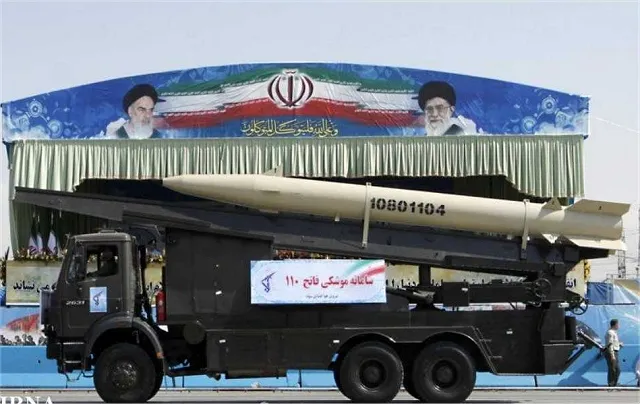
The initial flight range of the missile was 200 km, and in September 2004, the second generation Fateh-110 increased the range to 250 km. The missile’s third generation, with the increased flight range of 300 km, was introduced in 2010, and the fourth generation (2012) improved the missile’s accuracy.
Zolfaghar is the Fateh-110 family Iranian ballistic missile. Unlike other Fateh-110 missiles, often described as quasi-ballistic missiles, the Zolfaghar follows a ballistic trajectory.
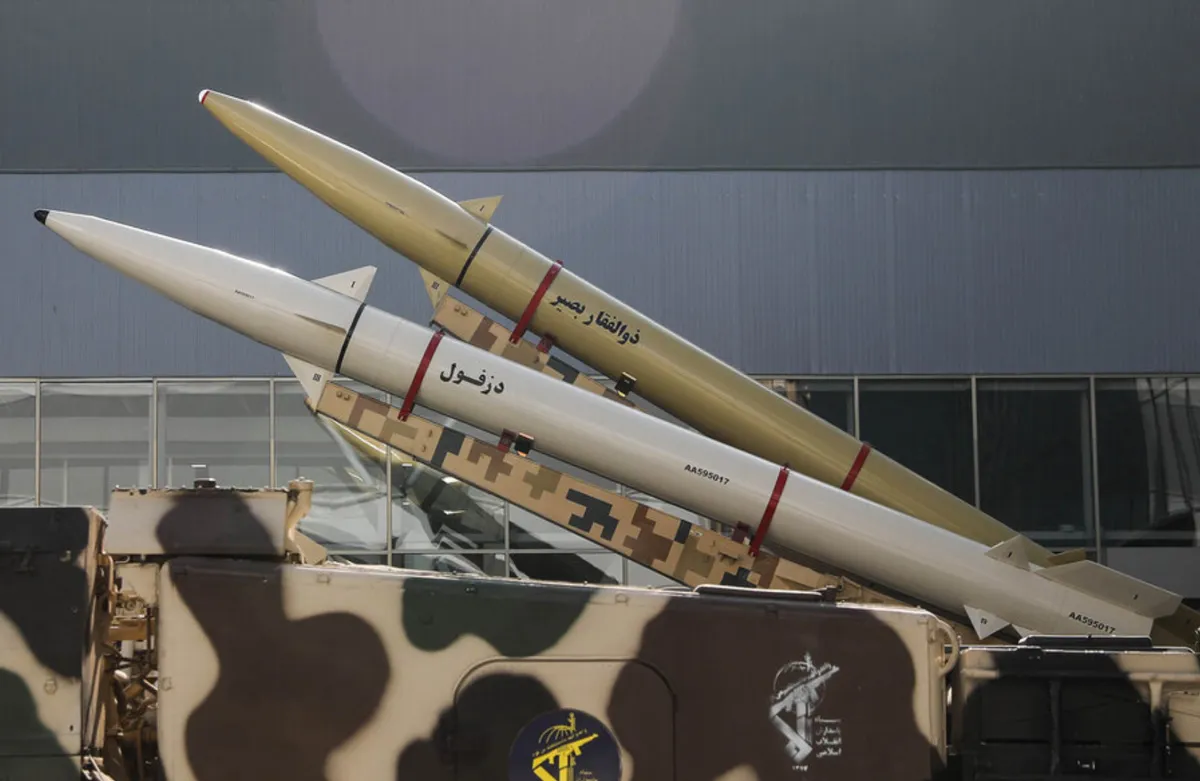
The declared missile’s range is 700 km. This range was probably achieved as a result of replacing the Fateh-110’s metal body with a composite one, which significantly reduced the weight. It is believed that the Zolfaghar uses satellite navigation, which made the missile’s accuracy increase possible.
Підтримати нас можна через:
Приват: 5169 3351 0164 7408 PayPal - [email protected] Стати нашим патроном за лінком ⬇
Subscribe to our newsletter
or on ours Telegram
Thank you!!
You are subscribed to our newsletter